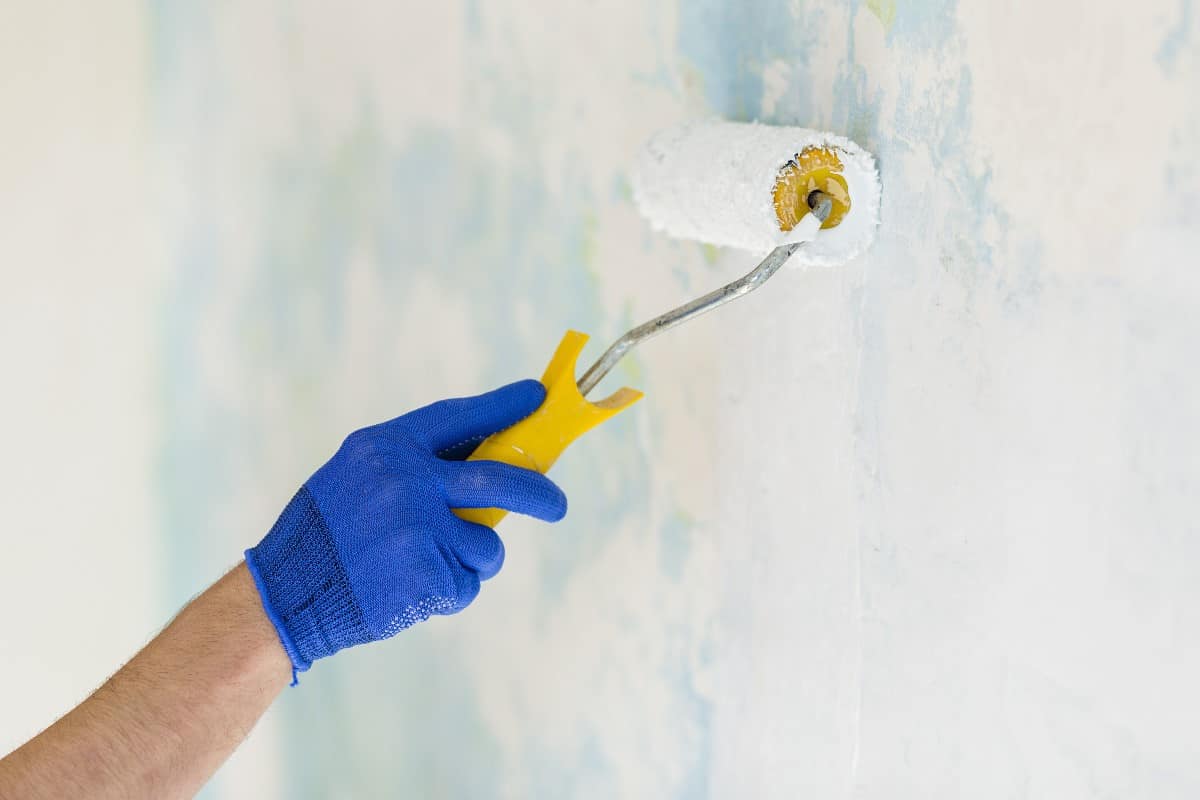
For a renovation to have the right effect, you need to make sure that the walls look aesthetically pleasing. Certainly, painting and refreshing them will completely change the space. Check how to do it properly.
Painting walls should always start with proper protection of floors and other equipment. It is best to do it using painting foil and tapes. We spread the foil on the floor and stick its ends to the slats. It is also a good idea to lay out a thick cardboard, which is resistant to paint dripping from a paint roller. Thinner foil will be suitable to cover lamps and furniture. You can also use it to cover windows, doors and other elements of equipment. We should do the same with all sockets and cornices.
Of course, before painting, you should check if the walls are even and if there are no elements of old wallpaper or uncleaned plaster left. For the effect to be really good, you should first of all take care of their alignment. It is best to do it with a finishing coat. A sander with replaceable discs and sandpaper of different thickness will be useful for lapping. Apply the finishing coat with a putty knife and then smooth out any irregularities with a gr inder. Thanks to this our wall will be very smooth and properly prepared for laying the ground. Gypsum finish has to dry for about 12 hours, although modern products are dry in about 5-6 hours. However, after applying fresh plaster, painting walls is possible only after about 3-4 weeks. After this time the walls can be primed and painted.
Then, on the smoothed wall you should apply primer, which will make the paint adhere better to the surface. It will also allow us to better reflect the chosen color, because the primed wall is much brighter than the one with gypsum finish on it. After priming the walls you have to wait until the surface is completely dry. To make the work easier, we put a painter’s tape near the ceiling, which will help us make an even and aesthetic cut. In this way, the paint we have chosen will not dirty the ceiling. The most precise is spray painting
With this method, we will accurately cover the entire surface of the wall, without the need for repainting. If you do not have the right equipment, you should use a painting roller. In that case we try not to apply too much paint. Additionally, when applying the paint, make movements from the bottom upwards to avoid unsightly streaks or smudges. For a better effect, it is advisable to apply two layers of paint.
The most effective way to paint walls is right after priming and smoothing. Sometimes walls are smoothened but there is still old paint on them. In this case, you need to check the load bearing capacity of the paint. If when you tap on the walls, they make a deafening sound it is a sign that the paint is not sticking to the wall and the old paint needs to be removed. This is a very important step because the new paint may fall off along with the old substrate. To be sure, we can also make a grid of incisions with a 2 by 2 mm mesh. If at least 80% of the paint remains in place, then you can paint the wall without having to scrape off the old paint
Remember that you cannot paint walls that are damp or have mold or mildew on them. This should be removed beforehand and a special preparation should be applied to the walls to prevent further growth of mold. It is also absolutely necessary to find out what is the cause of damp walls, dry them and only then paint the walls with new paint